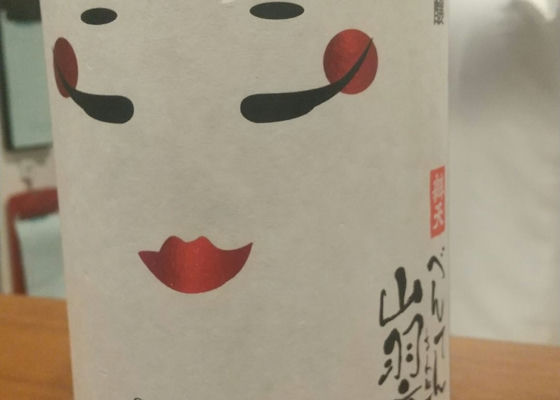
SakenowaRecord your sake experiences and discover your favorites
辯天Benten
Flavor Chart®
A chart created from flavor analysis of user comments.

Flavor Tags ®
Tags generated from flavor analysis of user comments.
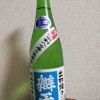

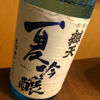
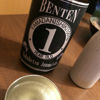

Popular Comments
Rabenten is not often seen at liquor stores, but since it was at a department store, I bought it. The Yamadanishiki sake was sold out, so I chose Dewa Sanzan.
It is quite gorgeous and fruity. The second half is a little spicy, but it is easy to drink.
Japanese>English
Brands from Goto Shuzoten
BentenShuchurakko
Similar Brands
We analyze the flavors based on everyone's comments and select similar brands.
DewazakuraSimilar Characteristics
Location
1462 Nukanome, Takahata, Higashiokitama-gun, YamagataOpen in Google Maps
Timeline

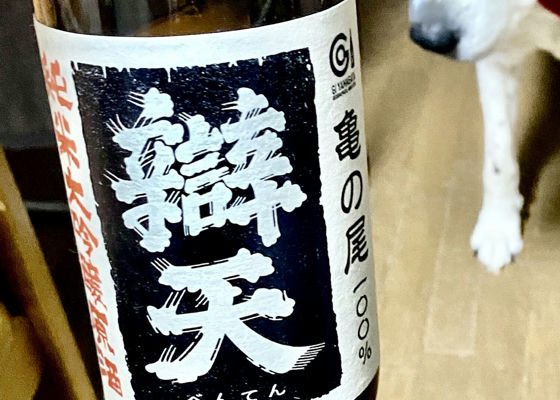
八幡太郎
I love Yamagata sake.
Beauty
Japanese>English
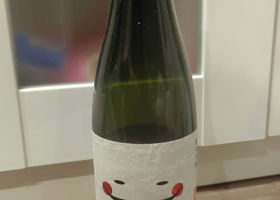
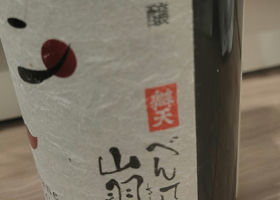

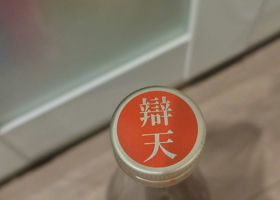
Benten特別純米生原酒



Eddy1959
Yamagata sake. Benten, a difficult kanji (😓 kanji). It is a very heavy sake. It is made from 100% Yamadanishiki from Hyogo Prefecture, and is a delicious and rich local sake. ⭐️★★★★
Ingredients: Rice (domestic), Rice malt (domestic)
Rice used: Yamadanishiki (Hyogo sake rice)
Polishing ratio: 65
Alcohol content: 17%.
Manufacturer: Goto Shuzoten Limited Partnership
1462, Oaza-Nukanome, Takahata-machi, Higashioki-gun, Yamagata
Japanese>English

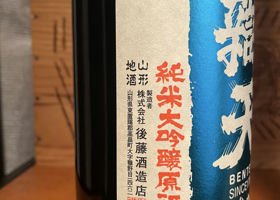
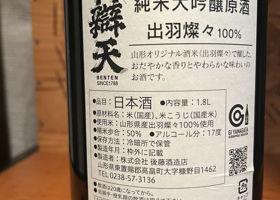
風来望
In 2024, the label won the top prize in the "Kura Master" category at a sake competition held in France.
The Benten label has been attracting attention in recent years for its aggressive appeal outside of Japan.
The company seems to be developing a wide variety of locally brewed sake in small quantities.
This sake also has a carefully crafted taste.
The aroma is like muscat, and the soft umami flavor from the rice spreads and changes delicately.
It is a delicious sake.
Japanese>English


倍割り
The aroma is pleasant, with a good flavor and acidity.
The sweet and spicy flavor flows smoothly through the mid-palate, and the finish is smooth and smooth.
Japanese>English
Benten特別純米 無ろ過生原酒
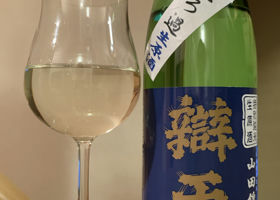
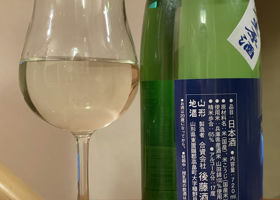
hinotona
100% Yamada Nishiki.
It's delicious!
Japanese>English
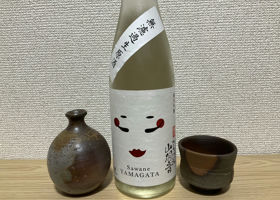
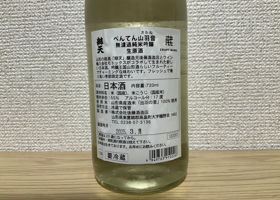
Heroyui
Purchased at a local supermarket.
Drink alone at the end of the fiscal year.
Fresh and clean ginjo aroma. Citrusy and very fruity.
It is refreshingly light and sweet, but also has a richness that is typical of Benten.
It is both light and heavy.
It is a good sake.
No wonder it is a collaboration with a wine import company.
Japanese>English
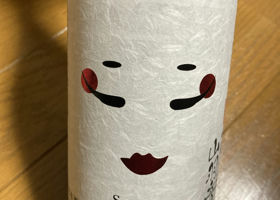
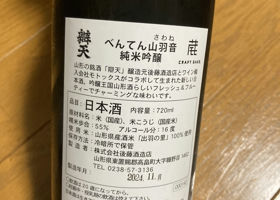
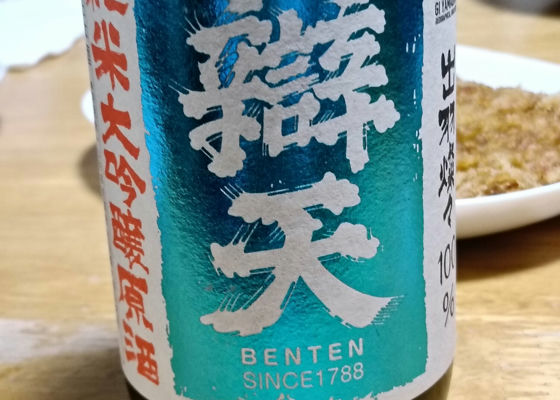
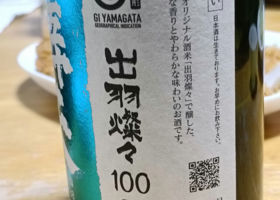

sp16x
Mellow, clean aftertaste, very tasty!
It is easy to drink, and you can gobble it up!
Japanese>English

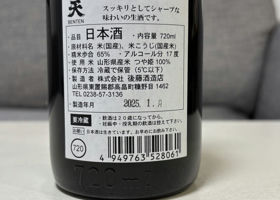
PrinceMichael3_
Posting No. 482
This sake is brewed with Yamagata-grown Tsuyahime.
It has a soft sweetness and a moderate umami, probably due to the rice. The harmony with the acidity is also to my liking. The aftertaste does not last very long. It goes well with Ate, and is recommended for both before and during meals.
Pairing with Ate
Sashimi (raw fish)
Meat and potatoes
Grilled chicken wings with salt
Personal preference: ★★★★★
Japanese>English
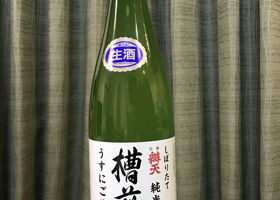
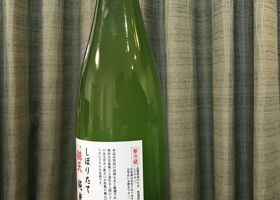
Benten亀の尾 純米大吟醸原酒
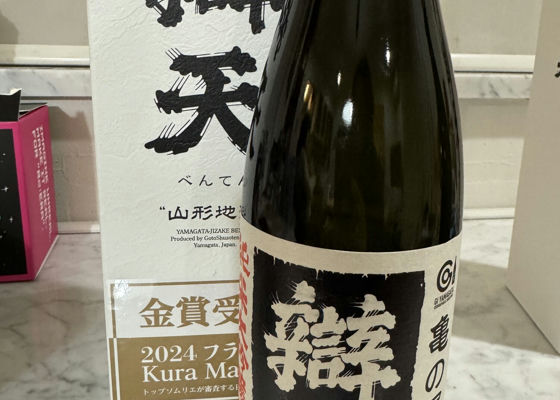
amooo
Heavy drinking
Japanese>English
Benten出羽燦燦 純米大吟醸原酒
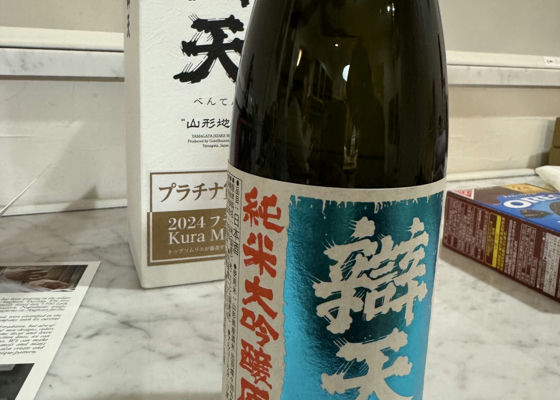
amooo
がつんと
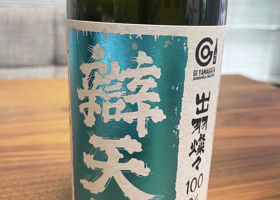

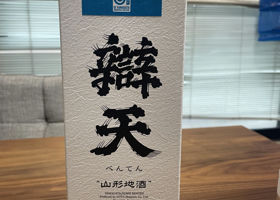
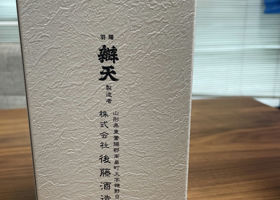
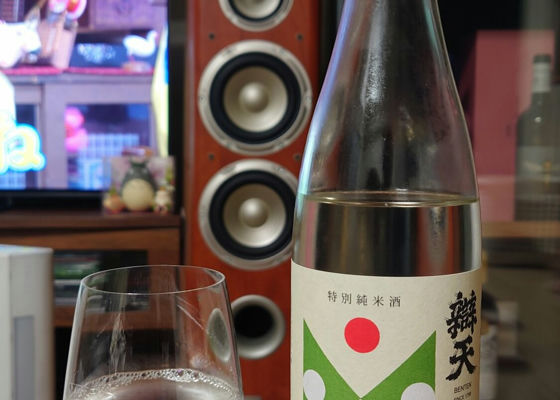
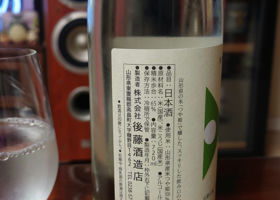

じゅんちゃん
Today I got this 🍶🤤 at a roadside station in Yonezawa on my way back from a long business trip.
This is my favorite brand of rice and sake, so I've had it several times 🍶.
This time I had it with Kiritanpo nabe (Kiritanpo hot pot) and a meal 🤤.
The sake was sweeter than usual due to the bitterness of the cucumber, but it went perfectly with the rice 🥰🌈.
It was very delicious!
Japanese>English


ほたす
I'll be having a bottle of alcohol given to me by my daughter for my birthday over the weekend. It must be delicious.
Japanese>English
Benten純米大吟醸原酒 出羽燦々
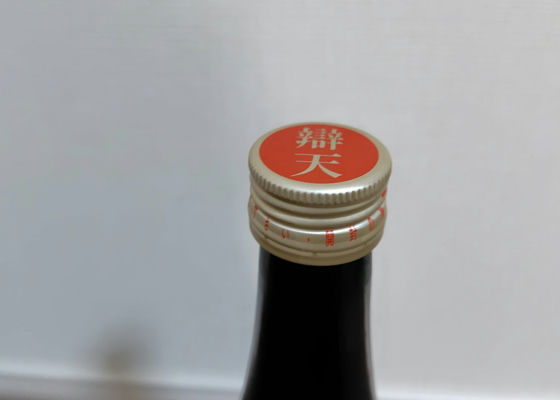
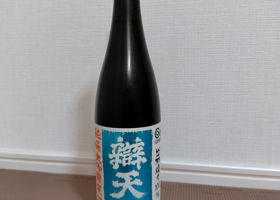
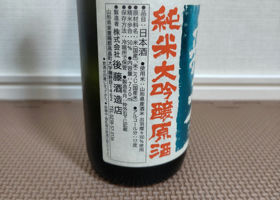
たかひろ
No gassiness
Almost no aroma.
The mouthfeel is round, followed by a mellow melon-like sweetness and acidity that gradually spreads.
There is a tangy sensation on the tongue.
Long aftertaste
Strong flavor.
Slightly alcoholic
Japanese>English
ayumu83s
Slightly yellow and very nice aroma. It has a rich flavor and goes well with Japanese food. Delicious.
Japanese>English
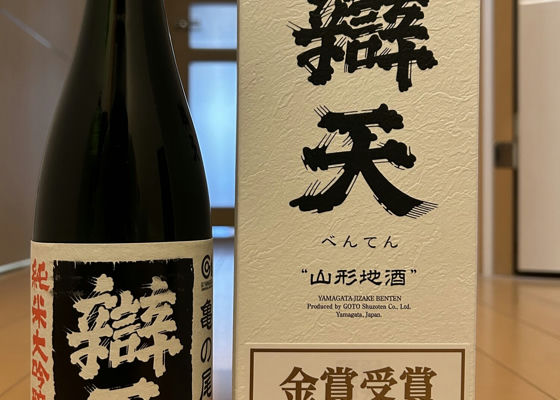
iba
Fruity sweetness. Stickiness.
Japanese>English